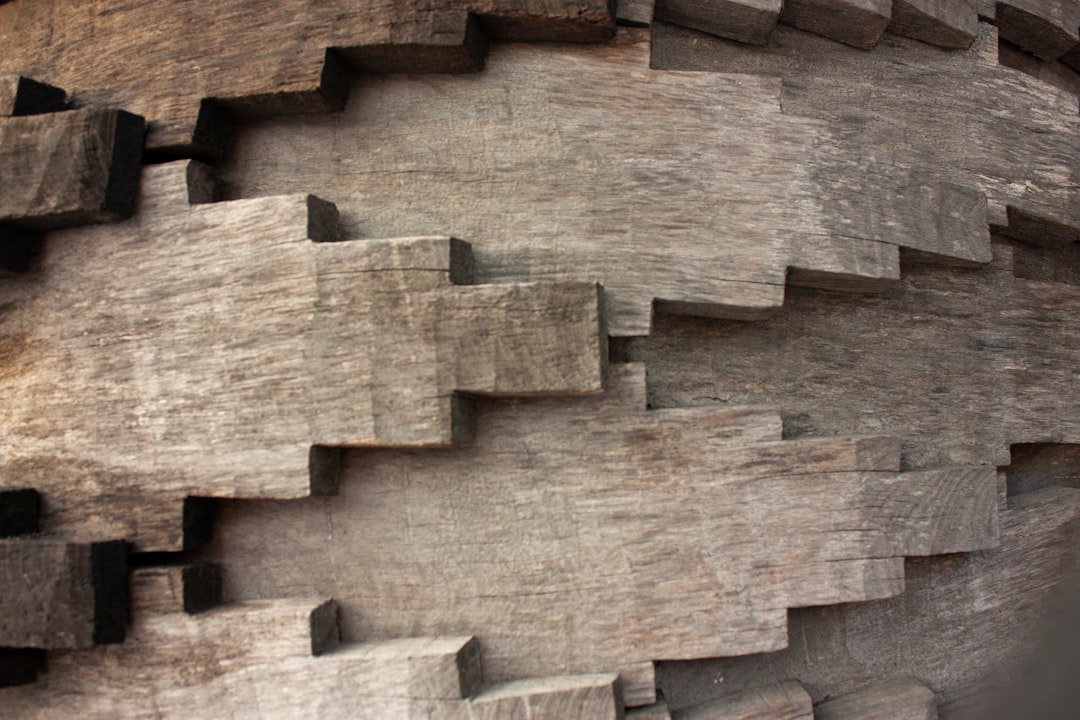
For construction professionals, understanding the intricacies of wood flooring installation costs is crucial. In 2025, the average cost ranges from $8 to $14 per square foot, including materials, labor, and basic floor preparation. High-end materials or complex installations can elevate costs to $20 per square foot or more. Accurate cost estimation is essential to avoid budget overruns and ensure project success.
Across the United States, the complete wood flooring installation cost typically falls between $8 and $14 per square foot. This includes materials, labor, minor floor prep, and essential trims. High-end species or intricate layouts can push totals to $20 per square foot, while simpler installations may cost around $6. Using local material indexes and live subcontractor rates helps pinpoint accurate costs.
Understanding the factors that influence wood flooring installation costs is vital for construction professionals:
Traditional estimation methods can be slow and inaccurate. Using AI, construction professionals can achieve precise estimates by:
This approach reduces over-ordering and underestimation, saving an average of 12% compared to traditional methods.
Choosing between solid and engineered hardwood affects costs. Solid planks offer durability and appeal, while engineered options are cost-effective and moisture-resistant. Solid installations generally cost $2–$3 more per square foot. Interactive estimates allow professionals to compare both options easily.
Professionals should be aware of potential hidden costs:
Effective budgeting doesn't mean compromising on quality. Consider these strategies:
A recent project involved installing 1,800 square feet of white oak in a renovated farmhouse. By using prefinished boards and synchronizing deliveries, the project was completed under budget, demonstrating effective cost management.
Wood flooring projects require careful cost management to avoid overruns. Accurate estimating tools and strategies ensure projects stay on schedule and within budget. For more information, visit CountBricks.

Labor productivity is a key factor in wood flooring installation costs. By capturing live data from active projects, professionals can optimize estimates and reduce costs.
Traditional cost books often assume ideal conditions, which rarely match reality. AI-driven tools adjust estimates based on:
During estimation, real-time updates ensure accuracy. Changes in layout or design are instantly reflected in labor estimates, reducing the need for manual adjustments.
Using objective data, professionals can negotiate better rates with subcontractors, ensuring fair pricing and reducing unnecessary costs.
In a recent project, accurate labor estimates reduced costs from $18,000 to $14,900, allowing for additional upgrades without exceeding the budget.
Integrating advanced labor intelligence into projects ensures value for every dollar spent. For more insights, visit CountBricks.